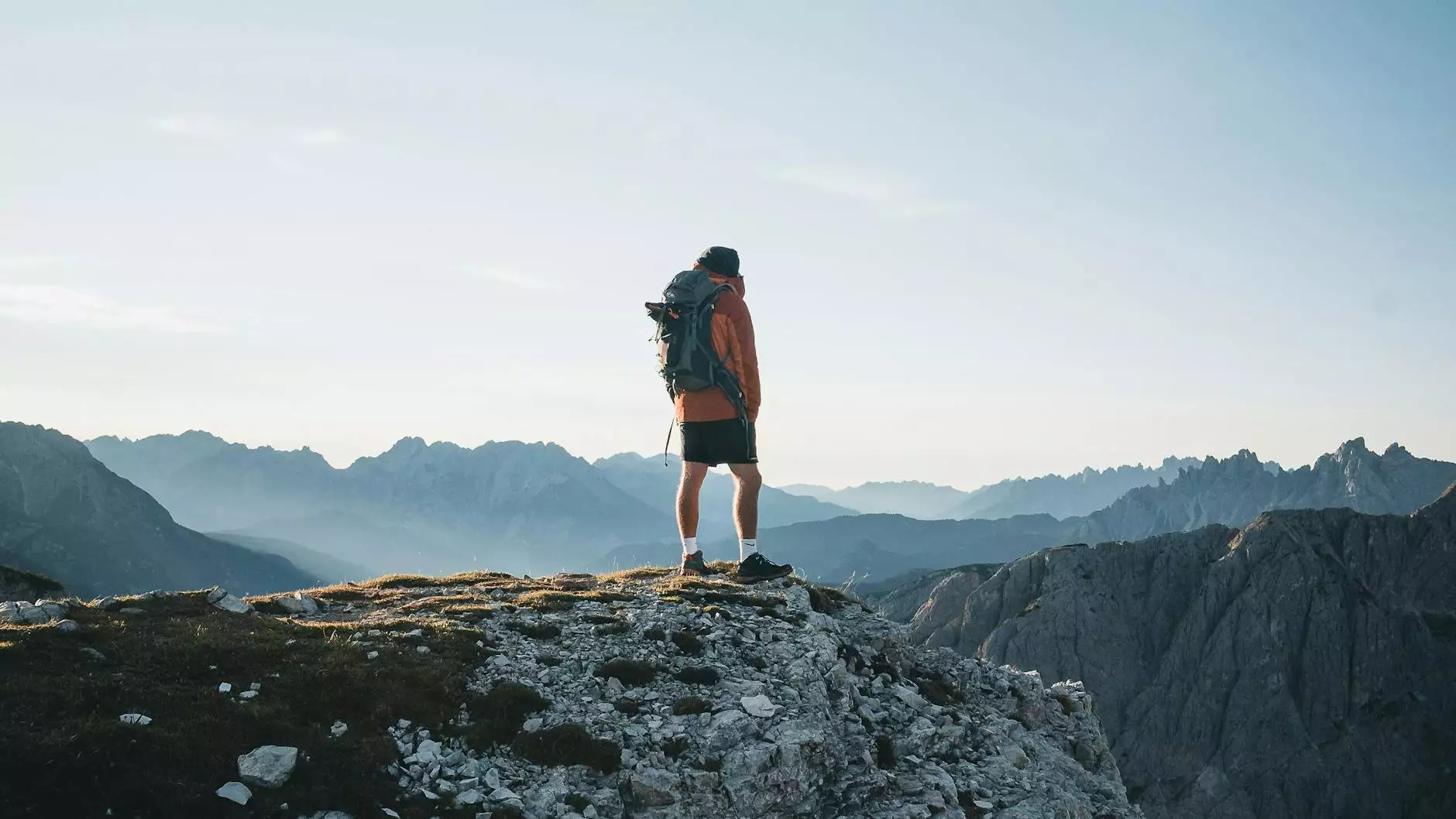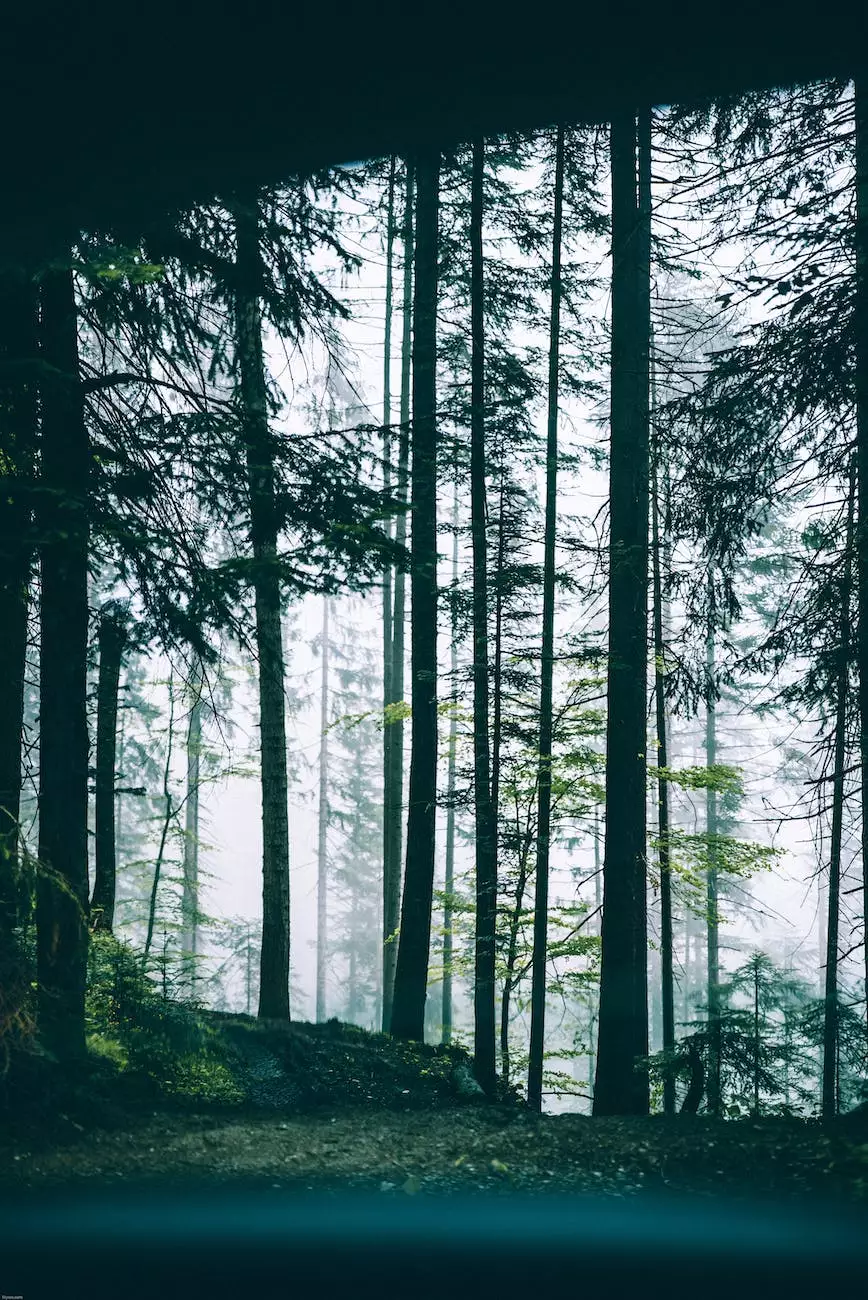Why Does It Take So Long To Climb Everest?
Travel
The Challenges and Risks of Mount Everest
Mount Everest, the highest peak in the world, stands at 8,848 meters above sea level. Climbing Everest is not only a physical challenge but also a mental and logistical one. It requires meticulous planning, physical conditioning, and proper acclimatization to mitigate the risks associated with such a formidable mountain.
Extreme Weather Conditions
One of the primary reasons why climbing Everest takes a significant amount of time is the unpredictable and harsh weather conditions. The mountain is located in the Himalayas and is notorious for its severe winds, sub-zero temperatures, and frequent snowfalls. These conditions often force climbers to wait for suitable weather windows to attempt their ascent.
Altitude Sickness and Acclimatization
As climbers ascend higher, the atmospheric pressure decreases, resulting in lower oxygen levels. Altitude sickness, also known as acute mountain sickness (AMS), can affect climbers when they reach higher elevations. Symptoms include headache, nausea, fatigue, and dizziness. To avoid severe AMS and improve their chances of success, climbers undertake a gradual acclimatization process by climbing to higher camps and spending time at each level to allow their bodies to adjust.
Limited Oxygen Availability
As climbers push towards the summit, the availability of oxygen decreases drastically. At the summit of Everest, the oxygen levels are just one-third of those at sea level. To counter this, climbers utilize supplemental oxygen supplies, increasing their chances of reaching the summit, but also adding complexity to the climbing process. Oxygen cylinders need to be carried, managed, and monitored, further adding to the overall time required for a successful climb.
The Journey to the Summit
The path to the summit of Everest consists of several camps strategically placed at different elevations. These include Base Camp, Advanced Base Camp, Camps 1, 2, 3, and 4. Ascending from one camp to another requires careful pacing, rest days, and coordination among climbers and their support teams.
Base Camp and Acclimatization Phase
The climb typically begins at Base Camp, situated at approximately 5,364 meters above sea level. This is where climbers spend several weeks acclimatizing, honing their physical fitness, and receiving necessary briefings regarding the upcoming challenges. During this phase, climbers may undertake shorter climbs to higher camps and return to Base Camp for further acclimatization.
Establishing Higher Camps
Once climbers are acclimatized, they start the process of establishing higher camps. This involves climbing with heavy loads to Camps 1, 2, and 3, where they strategically place tents, equipment, and provisions. Each camp serves as a stepping stone towards the summit and ensures climbers have a safe and comfortable place to rest and regroup during their ascent.
The Final Push
After successfully establishing Camp 4, also known as the South Col, climbers make their final push towards the summit. This is the most intense and physically demanding phase of the climb. Often done during the early morning hours for better weather and reduced wind speeds, climbers navigate steep and icy slopes, crevasses, and challenging terrain. The summit bid can take several hours, and climbers need to conserve their energy while maintaining focus and determination.
Preparation and Training
Mount Everest is not a mountain for beginners or the faint-hearted. Climbers need to undergo rigorous training and preparation to increase their chances of success and minimize risks. Proper physical conditioning, technical skills, and mental fortitude play vital roles in achieving a safe and successful climb.
Physical Fitness
Preparing for Everest involves a combination of cardiovascular exercises, strength training, and endurance-building activities. Climbers often engage in activities such as hiking, running, weightlifting, and high-altitude training to enhance their fitness levels.
Technical Skills
Mountaineering skills, including rope management, ice climbing, and navigation, are essential for climbers attempting Everest. These skills are honed through years of experience on lesser peaks and under the guidance of experienced mountaineering instructors. Technical proficiency ensures climbers can tackle the various challenges encountered during the ascent safely.
Mental Preparation
Climbing Everest tests an individual's mental resilience, determination, and ability to cope with stress and uncertainty. Mental preparation includes learning effective stress management techniques, building mental toughness, and developing a positive mindset. Climbers must be prepared to face setbacks, make difficult decisions, and adapt to changing circumstances.
In Conclusion
Climbing Mount Everest is an incredible feat that requires considerable time, effort, and preparation. The challenges posed by extreme weather, altitude sickness, limited oxygen, and the physical demands of the climb contribute to the lengthy duration. Successful climbers need to possess not only physical fitness but also mental strength and technical expertise. With proper training, planning, and respect for the mountain, individuals can undertake this extraordinary journey to conquer the world's tallest peak.
SEO Pros Dallas specializes in providing high-end digital marketing services. Through comprehensive search engine optimization strategies, we help businesses in the business and consumer services category, specifically in the realm of digital marketing, enhance their online visibility, attract qualified leads, and outrank their competitors. Contact SEO Pros Dallas today to take your business to new heights of success!




